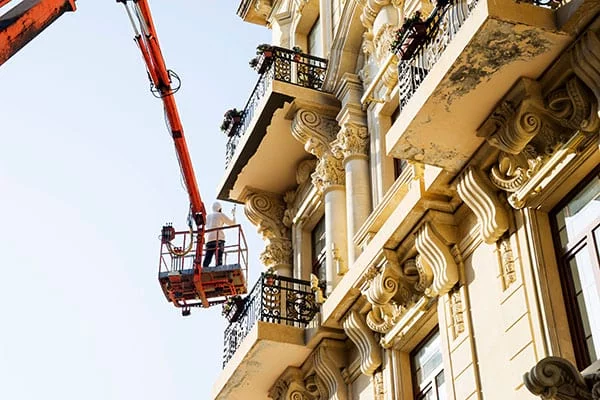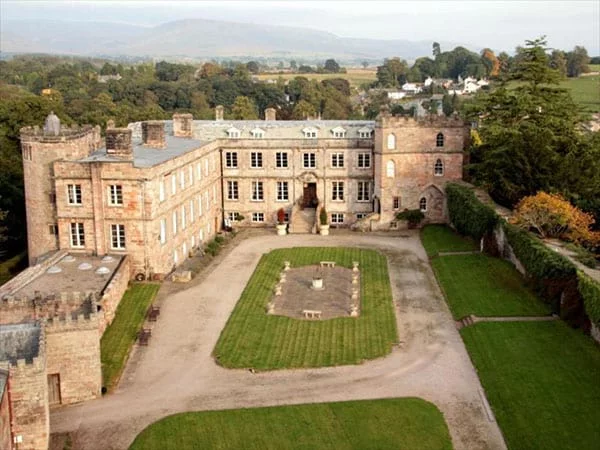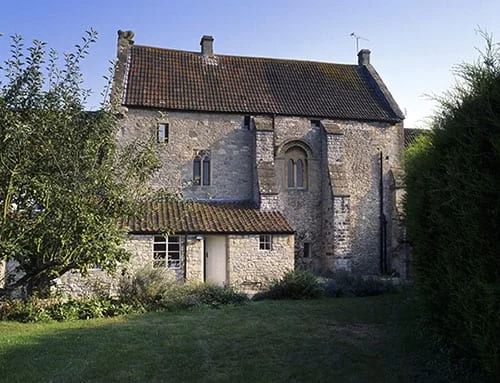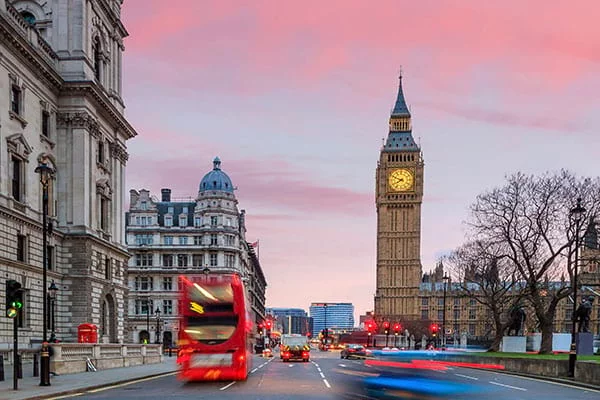
The Importance of Repairs to Historic Buildings
Why is it important to repair historic buildings?
The UK is home to an abundance of historic buildings ranging from properties such as Appleby Castle, a beautiful motte and bailey castle previously held by the Kings of England, to Saltford Manor House, a historic build thought to be the oldest continuously occupied private house in the country.

Historic buildings are not only historically rich with intricate details alluding to how those before us lived their lives, but are usually one-of-a-kind and utmost aweing to look at.
They are able to connect us to our ancestor’s stories, a wonder which many of us find fascinating and remarkable.
This is in fact one of the reasons why The National Heritage List for England holds an up-to-date register of all nationally protected historic buildings and sites.
They work towards protecting these historically rich builds which indeed require and deserve our protection and care.
Historic buildings are considered nationally important and thus have been assigned extra legal protection within the planning system.
As a result, these buildings have been listed into categories which help us to understand how they should be maintained and taken care of.
Listed buildings are categorized into three categories; Listed I, Listed II and Listed II*. Grade I listed buildings are properties which are considered to be of ‘exceptional interest’ and only around 2.5% of listed buildings fall into this category.
Grade II* builds are considered to be ‘important and of more than special interest’.
Approximately 5.8% of listed properties are under this category. Lastly, Grade II listed properties are categorised as being of ‘special interest’ with the vast majority of listed buildings, 92%, falling under this range.

Buildings are listed according to these three categories as a means to be able to ensure that when any repair work or modifications are planned to be made to these builds, they do not in any way compromise the property’s historic significance or the character of the building.
All buildings built before the 1700’s are likely to be listed, as are the majority of those built between the 1700’s and the 1800’s. The National Heritage List for England estimates that there are approximately 500,000 listed buildings in their records.
In fact, many people across the country are residing in historic buildings, and this is an important factor to keep in consideration when deliberating moving into a build of this significance.
When it comes to historic buildings, their conservation is based on appropriate routine management and maintenance.
The significance of a historic building can quickly erode and degrade if long-standing maintenance regimes are not frequently put in place.
There are certain forms of maintenance which are required when it comes to the upkeep of historic buildings such as periodic renewal and repair, both of which need to abide by specific consent requirements and repair and maintenance techniques and standards.
According to Historic England, periodic renewals encompass processes such as re-covering roofs and differ from maintenance given that they are usually more serious affairs and have a longer repeat cycle.
On the other hand, repairs are defined as what is needed in order to make any failing elements capable of continuing to fulfil their intended functions.
When it comes to these forms of maintenance and repair, there are no direct legal obligations any owner to carry out repairs, although local and central government may enforce repairs to be conducted on properties where repair is in dire need for successful preservation.
In addition, and in extreme cases, if a listed building is not being adequately taken care of by an owner, it may be compulsorily acquired by local authority.

In all, it can be understood that historic buildings benefit greatly from frequent maintenance and necessary repairs when it comes to the successful preservation of their historic value and the unique contribution they have on our society, both in terms of their aesthetic appeal and the traditional stories they tell.
Not only do they benefit from these repairs, but our national authorities have likewise recognised the vast importance of maintaining these buildings up to adequate health and thus have legally enforced that listed buildings be maintained and repaired as required.
This is why here at Structural Repairs, as great and passionate lover of all things structural, we have specialized in the repairs and maintenance of historic and listed buildings.
We have an extremely skilled and specialised team who hold over 35 years of industry experience and have the necessary know-how when it comes to treating historic property.
Historic buildings often have complex and complicated structures which need to be carefully studied before any work is conducted on them.
In the same vein, it is crucial that any work conducted on a historic build intends to nonetheless be able to retain as much of the original building as possible.
There are a vast range of different ways which these builds can be repaired and restored which depend on the building under question.
For further information, please do not hesitate to contact our friendly team who are here to help with anything queries you may hold and are able to provide you with a free consultation and quotation.